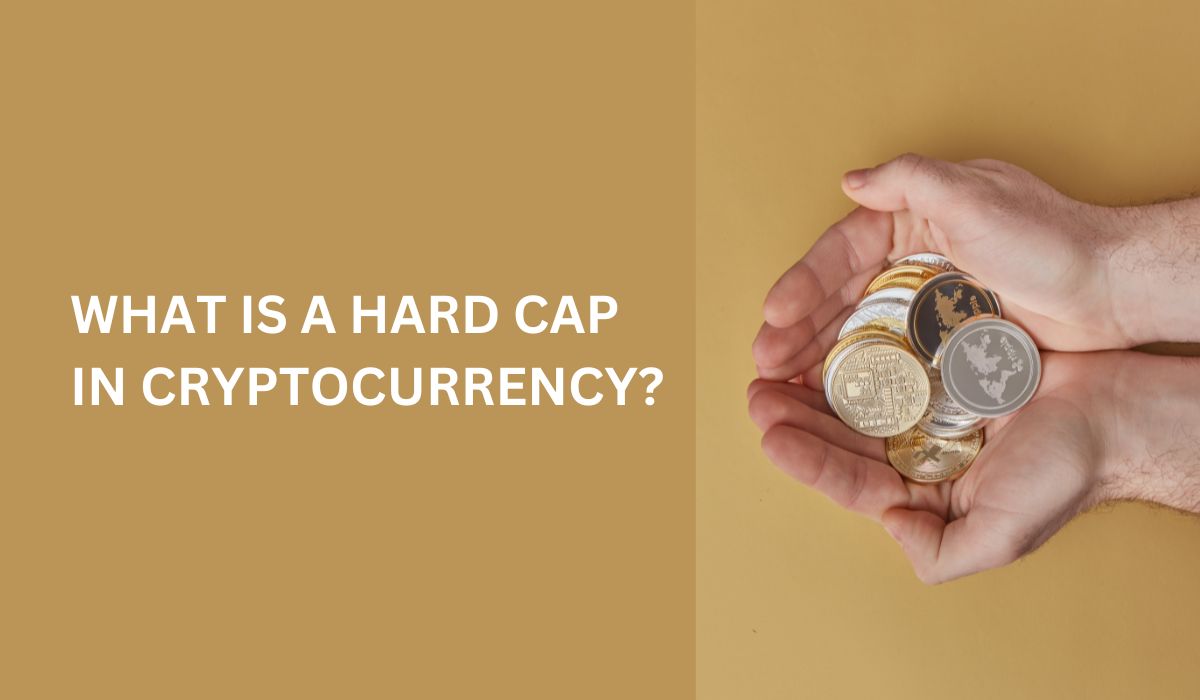Inside This Article
- What Is a Hard Cap?
- Investing Hard-Cap Cryptos
- Understanding Soft Caps
- Mining Until the End
- Conclusion
One unique feature of cryptocurrency is the concept of a hard cap or limited supply. Unlike fiat currencies, which can be subject to inflationary pressures, hard-cap cryptocurrencies aim to preserve value and mitigate the risk of devaluation. In this article, we delve into the fascinating world of hard-cap cryptocurrencies, exploring their significance, potential benefits, and notable examples.
What Is a Hard Cap?

Crypto enthusiasts and some laypersons know that one of the perks of cryptocurrencies, particularly Bitcoin, is their limited supply, or hard cap, as it is called in the crypto market. The hard cap was designed to prevent crypto’s inflation, regarded as one of the major flaws of traditional fiat currency. This makes some cryptocurrencies deflationary by nature – as their amount is decreasing due to mining, their value should rise. However, crypto’s ability to function as a reliable inflation hedge has been questioned by several sources.
Not all cryptos have the same hard cap. In fact, it can vary wildly between cryptos. Bitcoin, for example, has a hard cap set at 21 million coins. Alongside Bitcoin, cryptocurrencies with a hard cap include Litecoin (LTC), Cardano (ADA), Stellar (XLM), and Chainlink (LINK). Litecoin has 84 million, Chainlink 1 billion, Cardano 45 billion, and Stellar 50 billion. Shiba Inu has a mind-blowing hard cap of 550 trillion.
Investing Hard-Cap Cryptos
Having a hard cap doesn’t necessarily increase crypto’s market capitalization or value. For example, Ethereum which lacks a hard cap is nonetheless the second-largest cryptocurrency by market capitalization. Yahoo Finance lists ten hard-cap cryptos to consider: Bitcoin, Love Hate Inu, Fight Out, C+Charge, RobotEra, Yearn.Finance, Maker, Dash, AAVE, and OKB.
Hard-capped cryptocurrencies are becoming popular with long-term investors. An important thing to consider during investing would also be the usage of AI-assisted crypto trading software, such as Bitcoin trader. This removes considerable workload from an investor or trader because trading in the crypto market occurs 24/7 while market trends can change very quickly.
Understanding Soft Caps
Not surprisingly, alongside the hard cap, there’s its counterpart — the soft cap. A soft cap represents the lowest limit for a blockchain project launch in crypto fundraising. It is a theoretical value set by the project team, and its enforcement may vary. Soft caps are primarily used as indicators of the project’s minimum financial target and may influence the project’s further development and roadmap. As such, soft caps are not strictly enforced.
Mining Until the End
One common question that arises when discussing hard-cap cryptocurrencies is: What happens when the final coin or token is mined? This question is not unique to cryptocurrencies and is reminiscent of the case of gold, a finite resource that will eventually be depleted.
Bitcoin’s enigmatic founder, Satoshi Nakamoto, addressed this question in Bitcoin’s initial announcement. While nearly 90% of Bitcoins have already been mined, the final Bitcoin is projected to be mined around the year 2140. This is due to the deliberate design of Bitcoin’s mining process, which gradually reduces the mining rewards over time. The reward for mining each block of Bitcoin halves approximately every four years.
Beyond the year 2140, the mining reward for Bitcoin will rely solely on transaction fees, making it more secure and sustainable. However, the future of cryptocurrencies and mining rewards beyond this point remains uncertain, as technological advancements and evolving market dynamics may introduce new changes and adaptations.
Conclusion
Hard-cap cryptocurrencies offer a unique value proposition to investors seeking to diversify their portfolios and protect against inflation. With their limited supply, these digital assets present the potential for value appreciation over time. However, it is crucial for investors to conduct thorough research and consider various factors before making investment decisions in the crypto market.
